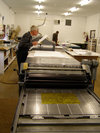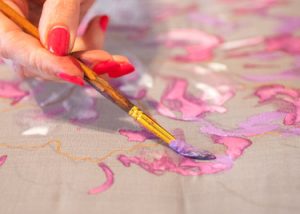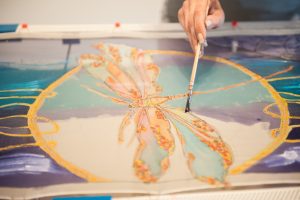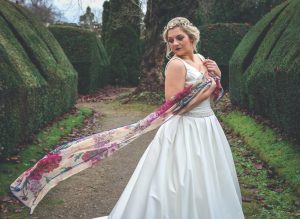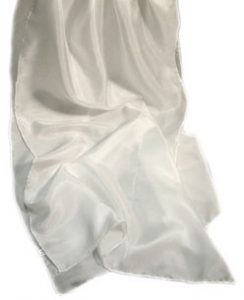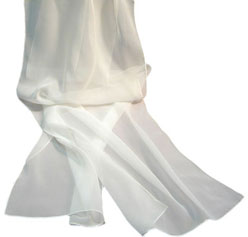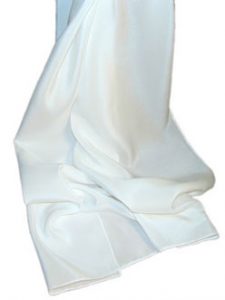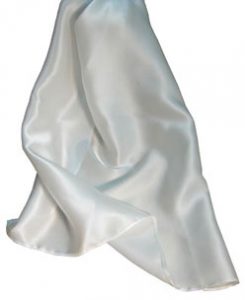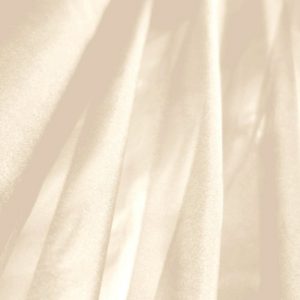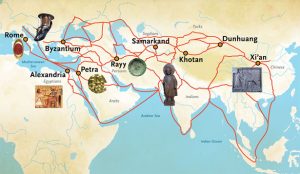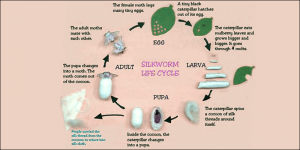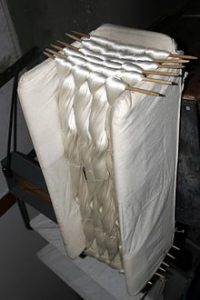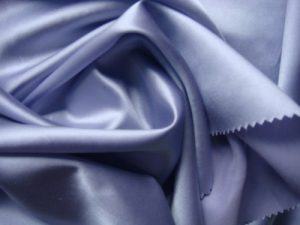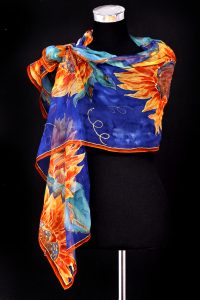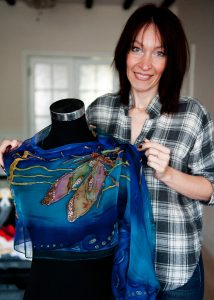Original or print? There is an extremely big difference between these two words. Many people mistake the word ‘print’ as if it is an original piece, however, this is not the case. At its simplest, we can define a print as a reproduction. In essence, it is a copy of the original.
When searching for hand made silk garments or works of art therefore, this explains why you may discover a huge difference in price. It’s worth checking how the item is produced. If it has a low price tag, it’s likely been printed and reproduced many times, it is not an original.
The higher priced silk items will, most probably, be hand painted; they will be original one off pieces and you won’t see any others looking exactly the same. In this instance, you are paying for the designer’s creativity, time, passion, materials and sheer excellence.
Only originals can truly portray the mood intended by the artist. Although prints may seem beautiful and well executed to the untrained eye, whilst they may depict the rough idea behind the piece they can never truly make you feel and appreciate the deep essence of the intended message.
My hand-crafted pieces, drawn or painted could never be the same if they were to be scanned and reproduced, even if this was produced with a high end scanner. Prints can never push the true depth through to the audience. There is no dimension to a print. With my original pieces you can experience the dyes bleeding into each fibre of the silk, like veins of the artwork, like roots burying into the silk.
I personally feel that by creating original pieces, I deliver the best quality of artistic precision for my customers, with a personal experience and a sense of individuality. By steering clear of producing prints I can ensure that each piece goes home to a person that will truly love and cherish my work, someone that has chosen a specific one-of-a-kind item, knowing that they, and only they, will be the only person that can experience the entire beauty of artwork. 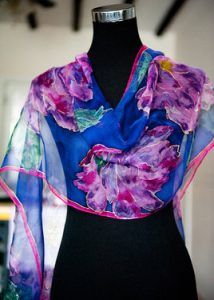
By purchasing an original, I can ensure that you, the customer, will experience the artwork in the way I have intended and will stand out amongst the crowd with a simply beautiful one-off piece of hand produced, bespoke design.
It’s how I like it, and I know it’s how my customers like it. Be yourself, be truly original, choose hand made silks, designed by Diana. You’re worth it!

